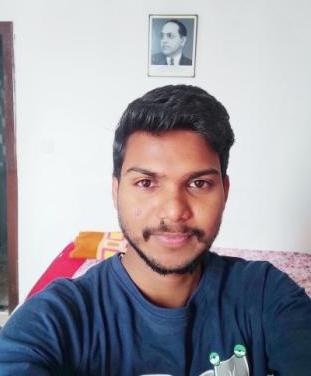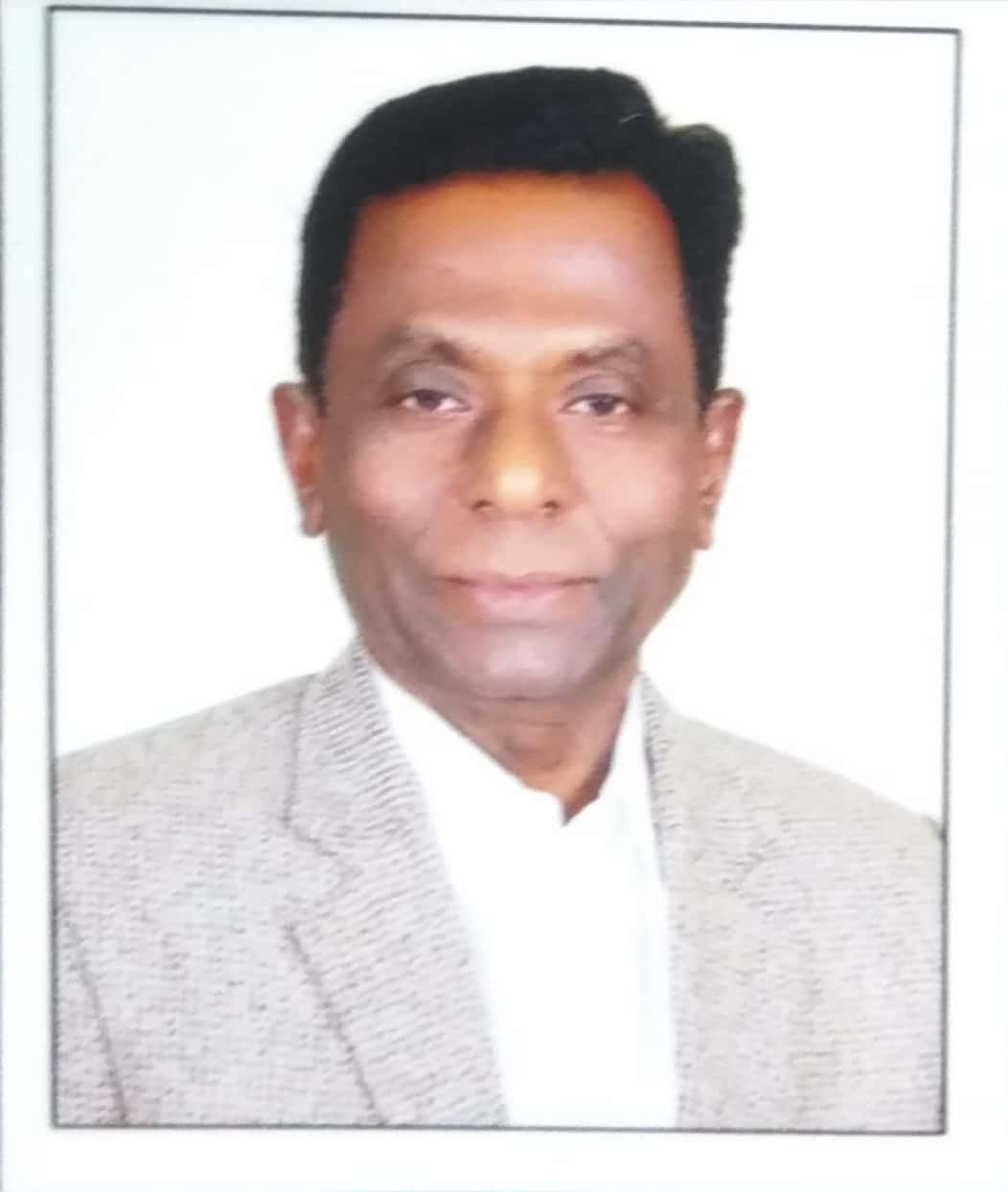Manoj Madame

Source: Migrant workers and their families walking home during the first lockdown. (PTI 2020)
Covid-19 and Caste stigma: From Bahujan Women’s Standpoint
The entire world has been suffering from the Covid-19 pandemic since the virus broke out in China in October 2019. And most health professionals have suggested maintaining social distance and physical distance. In India, these social distancing practices have been carried out for many centuries. However, the basis of such practices was not for any health reasons but for ritualistic reasons of purity and pollution in the caste system. The Covid-19 situation provided the so-called ‘upper caste’ people more legitimacy to continue such practices under the guise of health safety. Prime Minister Modi, once said—”Covid-19 does not see race, religion, caste before striking.” (PTI, 2020) But If we see through the caste perspective it is clearly shown that during the lockdown most people from the SC, ST and OBC (Bahujan communities) have been unable to find treatment and were discriminated against due to caste-based exclusionary practices. Since India went into lockdown to stop the spread of coronavirus on March 24, 57 families who live in Polamma’s hilltop village in Vijayawada, Andhra Pradesh, have been barred from going down the hill by upper-caste dominant people, even to purchase essentials such as food and medicine (CNN 2020). The woman named Pollama was 9 months pregnant when she was stopped by upper caste people while going to the market for food. A recent incidence from Nainital has exposed this casteism where a quarantined youth allegedly refused to eat food cooked by a Dalit woman (TOI dated 20th May 2020). It also exposes India’s caste system to those who still do not believe it exists. In this article, I will show how the women from the Bahujan community have tried to manage and survive the stigma of caste and patriarchy during the Covid-19 pandemic.
Informal sector and marginalized community
More than 90% of the population works in the informal sector in India (Report on Employment in Informal Sector and Conditions of Informal Employment (2013-14). In the informal sector, the share of female workers is higher (94.50%) than that of male workers (90.34%) according to the NSSO survey of 2004-05. Women in the Bahujan communities are more involved in the informal sector than women in other communities, and there is a higher proportion of SC women (90.4%) and ST women (87.1%). 90% of the women in Bahujan communities hold informal sector jobs, while 7% hold formal jobs, reflecting the disparity caused by socioeconomic conditions (PLFS 2017-18). The International Labour Organization (ILO 2020) report has indicated that as a result of Covid-19, an estimated 400 million informal sector workers are at risk of abject poverty in India. The marginalized communities primarily work in the informal sector without access to social security, legal protection, or proper health care and they are at the mercy of the law. One recent study by Ashoka University examines the role that social identities play in lockdown-induced job losses across castes. A study shows that the number of job losses among people of upper castes is lowest at 6.8%, whereas job losses among those of lower castes (SC and ST) are around 14%. People from marginalized communities are more vulnerable to the consequences of Covid-19 due to the vulnerability of their jobs.
In the 157 million Ha of land used for agricultural purposes in India, Dalits operate on a meagre 9% and there are 11% of land is owned by STs, compared to 80% owned by upper caste communities (Agricultural census 2015-16). There are also problems for those who have land (from marginalized communities) since the monsoon is uncertain, fertilizers are expensive, and the market price of produce is low. Furthermore, they are trying to escape the agricultural sector and are forced into the informal sector. The majority of these migrants have moved to urban areas to find employment, and they may not be able to support their families until they can find work. Because of this, they are economically insecure. This precarity makes them more uncomfortable in Indian society; however, they are still trying to live with dignity and are desperate to change their class, but Indian society always remembers where they stand in the social/caste hierarchy.
Indian society and Bahujan women
Indian society is based on certain norms, values and expectations of behaviour. While society creates separate norms for males and females, they ignore LGBTQI+ people, leaving them far behind from mainstream society. Patriarchal norms are rooted in caste and religious beliefs, so they have a negative impact on society and increase inequality. When caste is the base of Indian society, all the oppression of women is based on caste. So we need to work on this intersectionality of the Dalit women. Therefore, Babasaheb clearly stated that Woman is the gateway to the Caste System. A great reformer for women’s issues, B.R Ambedkar stated, “I measure progress on the basis of the degree of progress that women have made” at the All-India Women’s Conference in Nagpur in 1942. As we see in today’s society, the division of labour is seen through the kind of work you are doing in society. Babasaheb’s statement is very relevant in the current situation. In Indian society, Bahujan women mostly work in the informal sector and earn low wages, while upper caste women hold more prestigious jobs. In India, women’s rights remain socially structured through caste-driven mechanisms.
Millions of rural Indians immigrated to urban areas in the search of employment, and they mainly belonged to the Bahujan communities. As reported in the 2011 Census, there were 454 million migrant workers in India. About 154 million out of a total of 221 million female migrants of all duration (69.6%) reported marriage as the reason for migration (Census of India 2001). India attempted to provide its citizens with welfare during the Covid-19 pandemic through state welfare policies (but failed in programmes such as Pradhan Mantri Garib Kalyan Yojana 2020), which provided temporary relief, but the problem persists. Therefore, citizens are hopeful that a long-term solution will be provided by the government in the near future. Women from Bahujan communities were more vulnerable to domestic violence and economic crisis than those from affluent, middle-class families during that time period (Krishnakumar, A., & Verma, S. 2021). In the Covid-19 age, Bahujan women are struggling to cope with and survive the stigma associated with caste and patriarchy. Women in the village are desperate to change the political climate, but they are receiving strong opposition from family and within the community. In the rural and urban spaces, there is a need for more participation of females in the decision-making process in households and in the community. Due to the Covid-19 pandemic, many migrant workers had to return home, and they faced issues such as poor physical and mental health, malnourishment, and lack of hygiene, and they remain facing caste discrimination in society. This pandemic lowers the hopes of millions of Bahujan women workers and imposes a ban on their freedom, resulting in social inequality.
~
References
- Kalyani(2022) https://theprint.in/opinion/seeing-ambedkar-as-dalit-icon-is-narrow-understand-his-feminist-vision-for-indian-women/915663/
- Joopaka Subadra, How can you call even that patriarchy…?; http://www.dalitweb.org/?p=4049
- Thorat, S., & Attewell, P. (2007). The Legacy of Social Exclusion: A Correspondence Study of Job Discrimination in India. Economic and Political Weekly, 42(41), 4141–4145.
- Rahul Sonpimple (2021) https://velivada.com/2020/06/23/plights-of-migrants-and-economics-of-caste/
- https://mohua.gov.in/upload/uploadfiles/files/1566.pdf
- https://agcensus.nic.in/document/agcen1516/T1_ac_2015_16.pdf
- https://labour.gov.in/sites/default/files/Report%20vol%204%20final.pdf
- https://www.indiaspend.com/uploads/2021/03/26/file_upload-446784.pdf
- Kalyani(2020) https://www.roundtableindia.co.in/why-brahminism-survived-even-in-the-times-of-corona/
~~~
Manoj Madame did his bachelor’s in Biotechnology from Nagpur University and currently is pursuing my masters in Development from Azim Premji University – Bangalore. His areas of interest are caste based issues, marginalized communities and youth.









